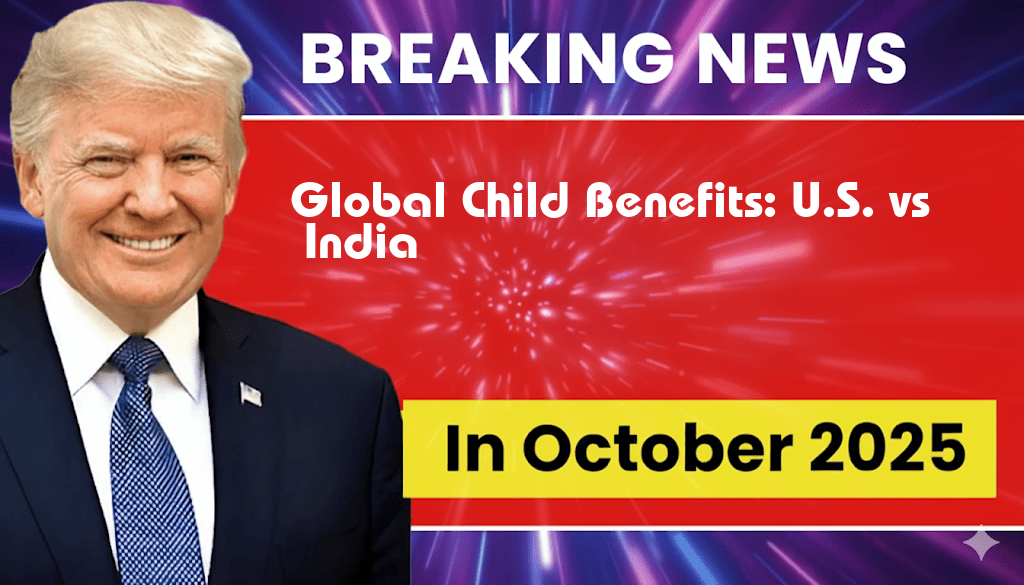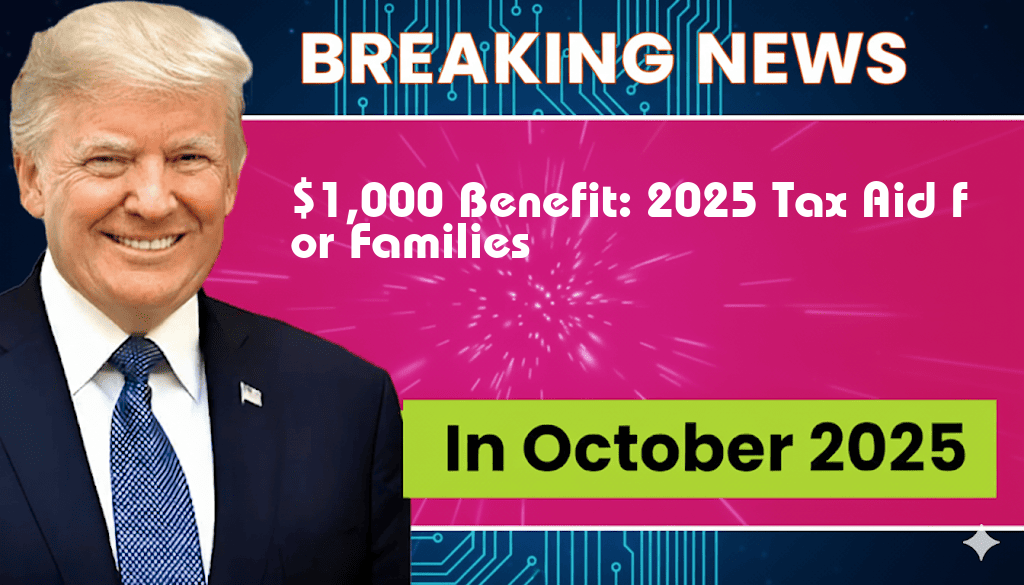

As nations grapple with the economic impacts of the COVID-19 pandemic, child benefit programs have emerged as vital lifelines for families. In the United States, families with children can now access a credit of $2,200 annually, while in India, the government has introduced a substantial sum of ₹1,65,000 (approximately $2,000) per child. This discrepancy raises questions about the efficacy and reach of child welfare programs in different economic landscapes. Understanding the nuances of these benefits can provide insights into how various governments prioritize family support and child welfare amidst ongoing challenges.
Child Benefits in the United States
The U.S. child tax credit, part of the American Rescue Plan, was temporarily expanded to provide significant financial relief to families. This credit is designed to support low- to middle-income households, especially those hit hardest by the economic fallout of the pandemic.
Structure of the U.S. Child Tax Credit
- Amount: Families receive $2,200 per child under the age of 17.
- Eligibility: The credit is fully refundable for those with lower incomes, meaning families can benefit even if they owe no federal income tax.
- Distribution: Payments can be received monthly or as a lump sum at tax filing time, providing flexibility for families to manage their finances.
According to the IRS, this program aims to alleviate child poverty, making it a pivotal aspect of the Biden administration’s economic strategy.
Child Benefits in India
In India, the child benefit scheme has evolved, with the government allocating ₹1,65,000 per child under specific welfare programs. This amount is particularly significant in a country where many families face economic hardships.
Key Features of India’s Child Benefit Program
- Coverage: The program primarily targets economically weaker sections, focusing on education, health, and nutrition.
- Implementation: Benefits are often provided through direct cash transfers and are linked to various social welfare initiatives.
- Impact: The program is designed to promote child development and reduce poverty.
The Indian government has emphasized the importance of these benefits in its mission to eradicate child malnutrition and improve educational outcomes. According to Wikipedia, these initiatives are essential in a country where millions live below the poverty line.
Comparative Analysis of Child Benefits
| Feature | United States | India |
|---|---|---|
| Annual Benefit Amount | $2,200 | ₹1,65,000 (approx. $2,000) |
| Eligibility | Low- to middle-income families | Economically weaker sections |
| Distribution Method | Monthly or lump sum | Direct cash transfers |
| Focus Areas | Child poverty alleviation | Health, education, nutrition |
Challenges and Considerations
While both countries have established child benefit programs aimed at improving the welfare of families, challenges remain. In the U.S., the benefits can be complex, with eligibility requirements that may leave some families without support. In India, despite the generous allocation, the implementation of benefits can suffer from bureaucratic inefficiencies and corruption, which can hinder accessibility.
Future Directions
As the global landscape continues to evolve post-pandemic, both the U.S. and India may need to reassess their child benefit programs. Ongoing evaluations and reforms may be necessary to ensure that families receive the support they need. Policymakers in both nations are likely to draw lessons from each other’s experiences, aiming for more effective child welfare strategies.
In conclusion, the comparative analysis of child benefits in the U.S. and India highlights the different approaches to supporting families in need. As governments navigate the complexities of economic recovery, the role of child benefits will undoubtedly remain a crucial topic for discussion.
Frequently Asked Questions
What is the value of the child benefit credit in the U.S.?
The child benefit credit in the U.S. amounts to $2,200 per child, providing financial support to families for raising children.
How does India’s child benefit compare to that of the U.S.?
In India, the child benefit is significantly higher when converted, totaling ₹1,65,000 per child, which can be seen as a more substantial support for families.
What factors contribute to the differences in child benefits between the U.S. and India?
Differences in child benefits are influenced by various factors, including economic conditions, government policies, and the overall cost of living in each country.
Are there any eligibility requirements for receiving these child benefits?
Yes, both the U.S. and India have specific eligibility requirements that families must meet to qualify for child benefits, including income thresholds and residency status.
How do families typically use these child benefits?
Families often use child benefits for essential expenses such as education, healthcare, and overall childcare costs, aiding in the upbringing of their children.





